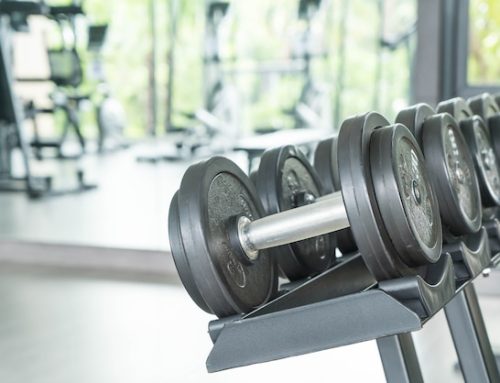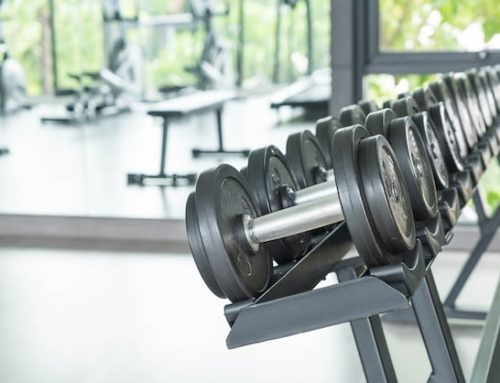Understanding Muscle Growth: What Triggers It?
Fitness enthusiasts across the world who are serious about their gains can attest that building muscle mass is no easy feat. However, with hard work and dedication, it is possible to achieve the desired results. But how exactly does muscle growth occur? What triggers it? In this article, we will explore the science behind muscle growth and the factors that trigger it.
The Science behind Muscle Growth
Before we delve into what triggers muscle growth, it is essential to have a basic understanding of the science behind it. Muscle growth, also known as hypertrophy, involves the enlargement of muscle fibers. This process occurs through a series of physiological changes in the muscle tissue.
The two types of muscle hypertrophy are myofibrillar and sarcoplasmic hypertrophy. Myofibrillar hypertrophy involves an increase in the number of actin and myosin filaments in the muscle fibers, leading to increased strength. Sarcoplasmic hypertrophy, on the other hand, involves an increase in muscle cell volume, leading to a more significant overall muscle mass.
Factors that Trigger Muscle Growth
The process of muscle growth is multifactorial, meaning that several factors work together to trigger it. The three primary factors that trigger muscle growth are mechanical tension, metabolic stress, and muscle damage.
Mechanical Tension
Mechanical tension occurs when you place a load on your muscles, causing micro-tears in the muscle fibers. These micro-tears lead to muscle damage and inflammation, which triggers a cascade of physiological events leading to muscle growth. The body then repairs these micro-tears by fusing muscle fibers, leading to muscle hypertrophy.
Metabolic Stress
Metabolic stress occurs when your muscles are subjected to prolonged periods of time under tension. This tension causes a build-up of metabolic waste products in the muscle cells, such as lactate and hydrogen ions. This build-up of waste products creates an acidic environment, leading to metabolic stress. This metabolic stress triggers an increase in muscle protein synthesis, leading to muscle hypertrophy.
Muscle Damage
Muscle damage occurs when you subject your muscles to an unfamiliar or high-intensity exercise. This damage leads to inflammation, which triggers a series of events leading to muscle growth. The body then repairs the damaged muscle fibers, leading to muscle hypertrophy.
Conclusion
In conclusion, muscle growth is a complex process that involves multiple factors working together. To maximize muscle growth, you must combine exercises that trigger mechanical tension, metabolic stress, and muscle damage. It is essential to avoid overtraining, as this may lead to muscle breakdown instead of growth. Additionally, proper nutrition and adequate rest are crucial factors for muscle growth. Incorporating a balanced diet, sufficient sleep, and a consistent training program into your lifestyle can help you achieve the muscle gains you desire.
References
– Henselmans, M., & Schoenfeld, B. J. (2014). The effect of inter-set rest intervals on resistance exercise-induced muscle hypertrophy. Sports medicine, 44(12), 1635-1643.
– Schoenfeld, B. J., Ratamess, N. A., Peterson, M. D., Contreras, B., Sonmez, G. T., & Alvar, B. A. (2014). Effects of different volume-equated resistance training loading strategies on muscular adaptations in well-trained men. The Journal of Strength & Conditioning Research, 28(10), 2909-2918.
– Schoenfeld, B. J. (2010). The mechanisms of muscle hypertrophy and their application to resistance training. The Journal of Strength & Conditioning Research, 24(10), 2857-2872.






